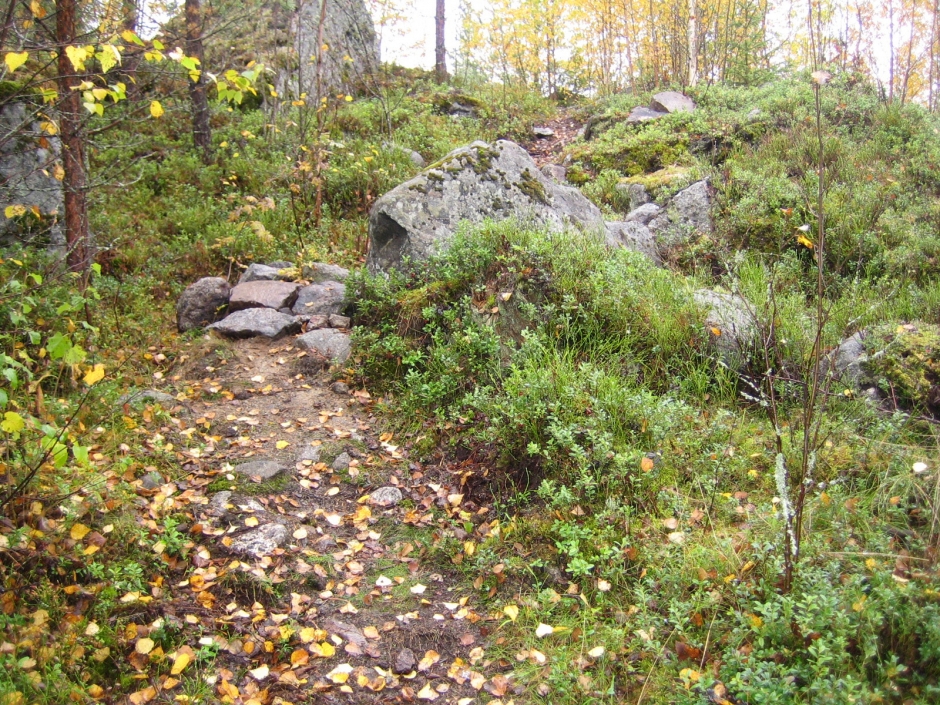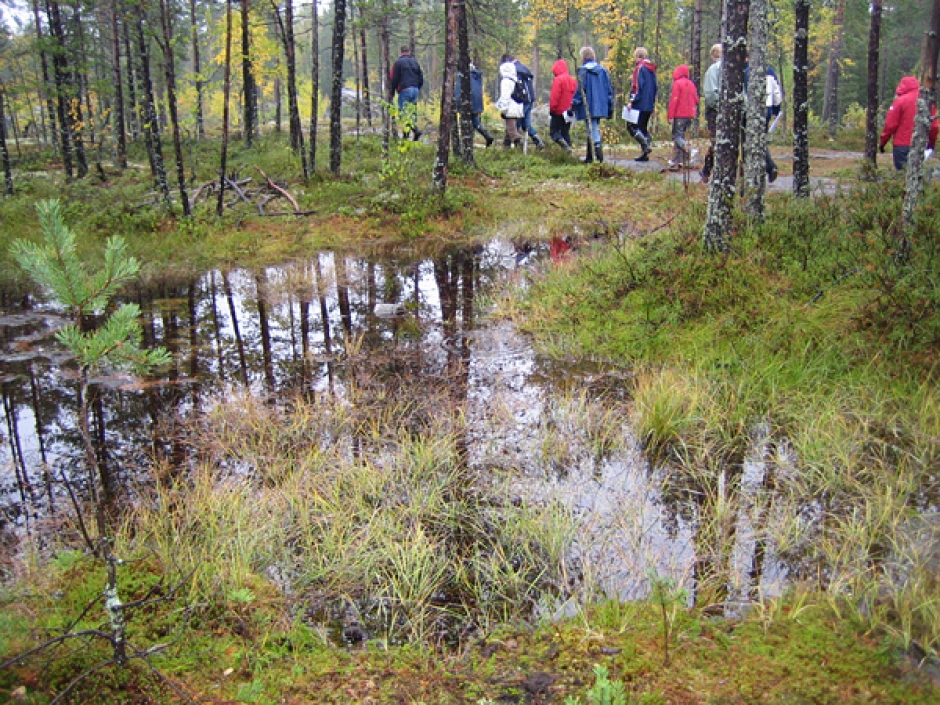Maisemarakenne
The landscape structure is separated into water divides, water diverters and slopes. The Vaasa landscape structure is formed by rolling hills and the valleys that stretch between them. The waterfront zone and archipelago are uniquely characterized by the land uplift phenomenon; both are important environmental area of the region.

The hills are low rising, nutrient poor and sparsely vegetated. They are often extremely rocky, moraine hills. Barren bedrock is visible in many places on the peaks. The hills form chains of various sizes from north to south. Only in a handful of places at the edge of the moraine hill have characteristic sand ridges formed during the ice age. The hills are forested, where the forest types vary from sparse heathland forests in rocky and stony areas high up, to healthy heathland forests in lush, sloped areas. The highest points, i.e. the water divides, are often flat and low, forming a mosaic-like web. The hillside slopes are also relatively flat.
Valleys form water diverters and are composed of nutrient rich clay beds, often ten meters thick. Such areas have been cleared for cultivation, almost immediately once the sea water receded. Deeper wetland dells or glo-lakes separated from the sea can be found in the middle of the valley. The area where the valleys meet the sea shore forms wedges of green areas in the middle of the city. The valleys and sea bays constitute the most verdant and diverse nature in Vaasa.

The waterfront of Vaasa is shallow and quickly solidifying. The shoreline is protected by the archipelago, yet this area is still extremely windy and exposed to fluctuating sea levels.
Location of settlements. Settlements are scattered across the rolling landscape of hills, while the valleys have predominantly remained free from construction, occupied by farmlands or wetlands. At the highest points in the terrain, including the peaks of the hills and the rocky areas, have also remained largely un-built. It was easy to gain an understanding of the landscape structure, over the cultivated farmlands to the built-up hillsides, as long as the valleys were kept open by cultivations. Settlements ‘jumped’, in a manner of speaking, from one hill to the next, protecting the surrounding forests while providing a view towards the valley. Nowadays, forest has started growing in the valley farmlands, which encumbers the ability to have a clear grasp of the landscape structure.
